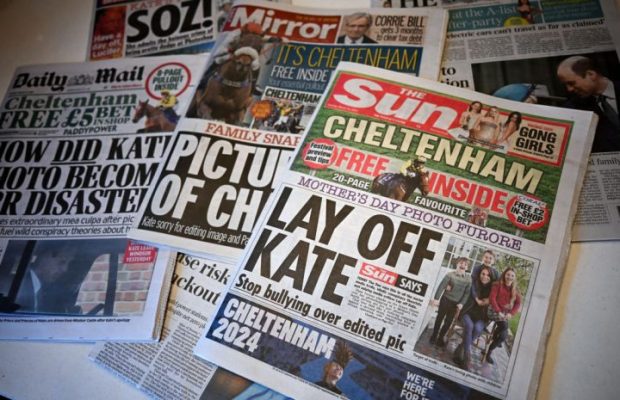How certain should we be of the government’s claim that the new variant of SARS-CoV-2 is 70 per cent more transmissible than the previous common strain falls apart? I ask not because I have any information that would contradict the Prime Minister, but because it has become a repetitive feature of this crisis: that the piece of science which leads the government into a sudden change in policy ends up looking a little flaky. It happened with Professor Ferguson’s famous prediction of 240,000 deaths unless the government introduced the first lockdown – Imperial published similar figures for Sweden which were later shown to vastly overstate deaths, throwing serious doubt upon its model. It happened, too, with the dodgy graph presented to us on Halloween, one of the ‘central’ scenarios shown at the press conference suggested 4000 deaths a day or more by mid-December, based on a piece of modelling which was several weeks out of date and whose predictions were already wide of the mark.
It is perfectly credible that there is a new, more transmissible variant of the virus – viruses, do, after all, mutate all the time and the most obvious way that a variant will gain an advantage is to become more transmissible. And I’m sure, as Sir Patrick Vallance says, that Porton Down is as good at sequencing viruses as any group of geneticists in the world. But for the moment, the new variant is a purely British phenomenon. No figures on its transmissibility have been published, or even reported, anywhere other than in a Downing Street press briefing. Has the 70 per cent figure been arrived at through a study of real world infection data in London or Kent – or through laboratory experiments at Porton Down? Will the assumptions behind the figure be published? We don’t know that because none of lobby correspondents invited to take part in the Downing Street press briefing asked the question.
It is worth recalling what happened in South Australia in November, the last time a dangerous new strain of SARS-CoV-2 was reported. A man appeared to have caught the virus after briefly popping into a pizza restaurant where staff had tested positive. The state immediately called a lockdown, believing they were dealing with new variant of the virus which found it much easier to jump from one human to another – until it turned out that the man was lying, and he had in fact been working shifts in the restaurant.
Evidence for the new Kentish variant looks to be a lot more solid than that. It has been puzzling why the second lockdown succeeded in arresting the epidemic nationally and yet cases in Kent and London increased during the four weeks of the lockdown. Either people were behaving in very different ways across the country – or different areas are fighting a slightly different virus.
The Chief Scientific Adviser said there is no reason to believe that the new variant is more virulent than the previous dominant strain, or that it should fail to respond to the Pfizer vaccine or any of the other vaccines in the pipeline. It would seem rather urgent that a study be conducted on people receiving the vaccine in London and Kent, to see how they fare compared with people in the Midlands and North, where the older variant of the virus is still more prevalent.
But one thing does seem to be for sure: that the lockdown restrictions which were in force in November were did not reverse the epidemic in Kent and parts of London. The new Tier 4 restrictions virtually mirror those of the November lockdown, so how will they arrest the new variant now? Or, have we got to a stage with this virus where it is so endemic that a suppression strategy simply isn’t going to work? “We can’t stop everyone getting this virus,” Sir Patrick Vallance told the very first of the daily Downing Street press briefings on 12 March – before changing his mind four days later and arguing for a suppression strategy. Maybe he was right the first time around.
Got something to add? Join the discussion and comment below.
Get 10 issues for just $10
Subscribe to The Spectator Australia today for the next 10 magazine issues, plus full online access, for just $10.




















Comments
Don't miss out
Join the conversation with other Spectator Australia readers. Subscribe to leave a comment.
SUBSCRIBEAlready a subscriber? Log in